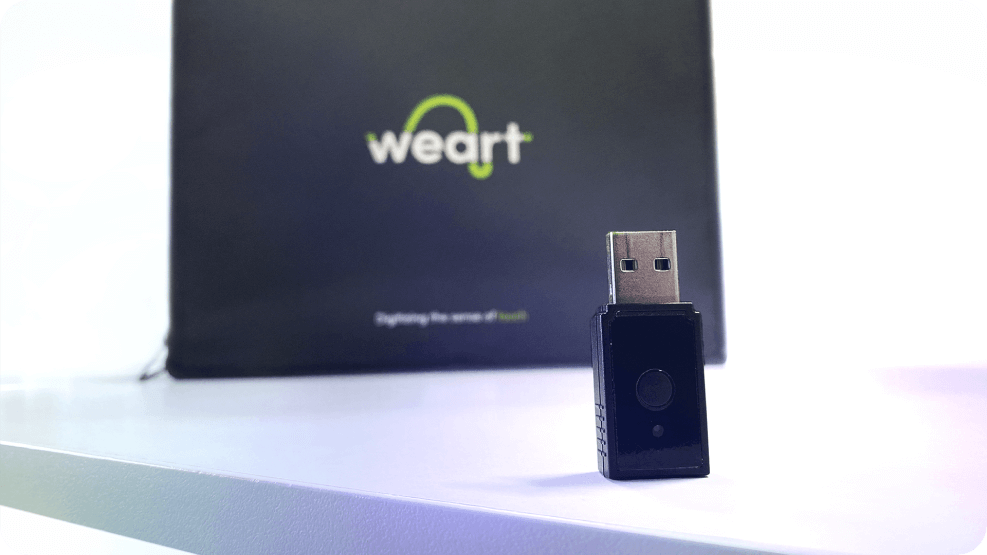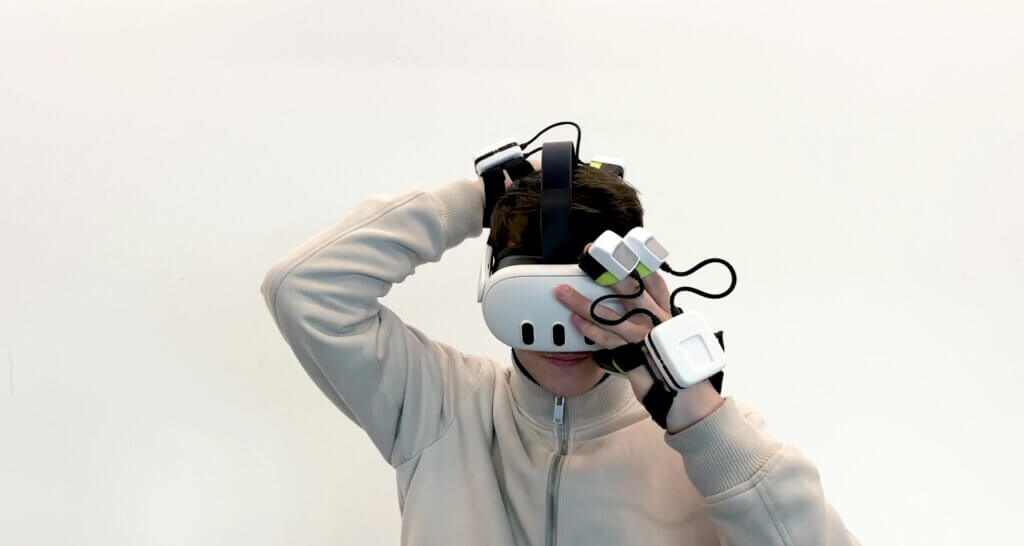PC VR vs Standalone:
How to choose the best setup for your VR Haptic Experience
We have recently released the SDK to develop standalone VR Haptic experiences with TouchDIVER. Standalone headsets communicate directly with TouchDIVER’s built-in Bluetooth, thus making the experience portable and easy to use everywhere.
By adopting this setup, final users reduce costs associated with TouchDIVER adoption, as it eliminates the necessity of a VR PC to run the experience.
Overall, TouchDIVER currently offers 2 possible setups, PC Based and Standalone. PC-Based setup can use wireless communication, where the USB Dongle utilizes the Bi-directional BLE protocol and manages the proprietary communication protocol, avoiding latency, or wired communication, which eliminates uncertainties related to latency, making it suitable for scenarios where precise prediction of input and output signals arrival time is crucial.
PC VR Experiences
Pros
- Advanced graphics: PC VR experiences usually offer more advanced and detailed graphics due to the processing power of desktop computers.
- Richer experiences: as PCs can handle more complex applications, VR experiences often provide richer and more complex content.
- Hardware upgrades: users can easily upgrade PC hardware components to improve the VR experience over time.
Cons
- Higher cost: The hardware required for a high-quality VR experience on PC can be expensive.
- Expertise for Installation: setting up and configuring a PC VR system can take time and technical expertise.
- Longer setup time: VR PC setup takes more efforts to start the experience
- Cables: The need for cables between the headset and PC can limit freedom of movement and be cumbersome.
- Limited space: some setups require dedicated physical space to ensure a good VR experience.

Standalone setup
Pros
- Easy to use: Standalone headsets are generally easier to set up and use, without the need for a VR PC.
- Portability: Users can enjoy a VR experience anywhere without having to transport a PC.
- Unlimited workspace: Quick setup time, everywhere and with no physical constraints.
- More affordable: Standalone headsets are often more budget-friendly compared to complete PC VR configurations.
- No cables: the absence of cables allows greater freedom of movement.
Cons
- Limited graphics: standalone headsets may have lower graphic performance compared to those connected to a PC.
- Limited upgrades: standalone headsets may not be as easy to upgrade as PCs, thus limiting performance evolution over time.
- Battery autonomy: standalone headsets need to manage power through batteries, which could limit the duration of VR gaming or experiences.


